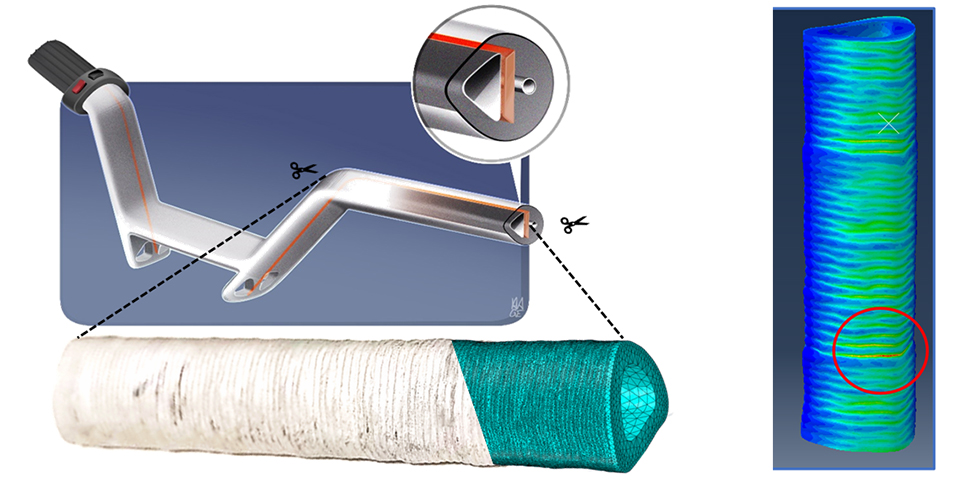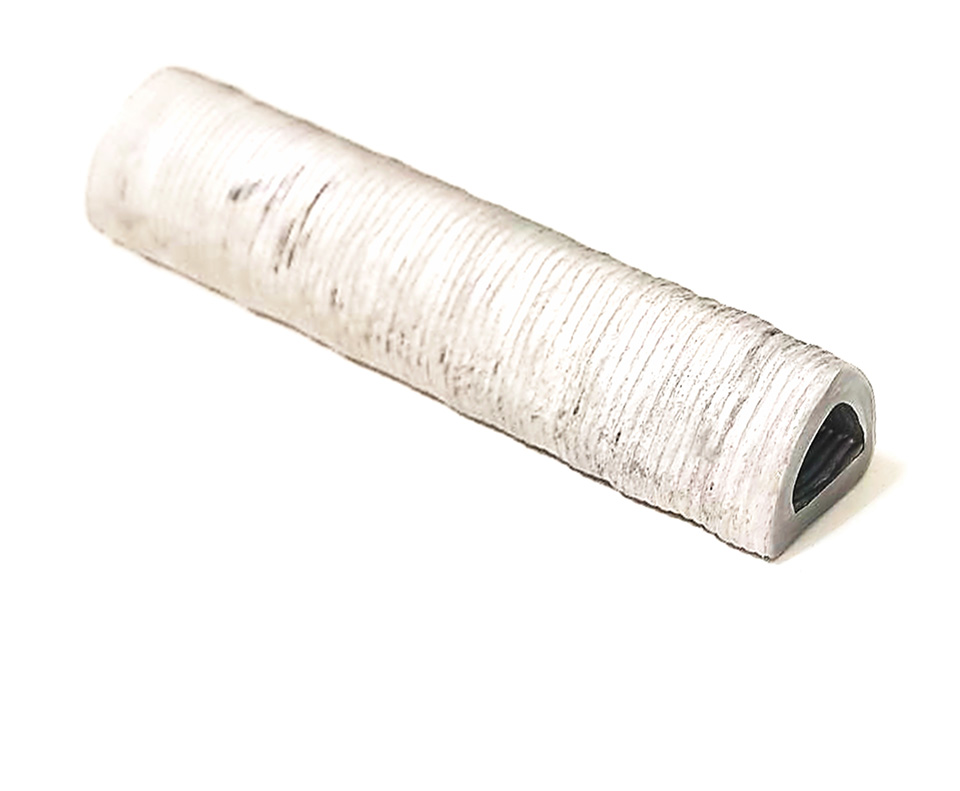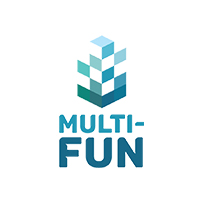How can unmachined "as-built" WAAM surfaces be taken into account in the fatigue strength assessment?


Modern technology makes it possible to implement high-resolution 3D scans of components, which can be used to map the surface topography when evaluating the fatigue strength of additively manufactured metallic structures. Advances in computing power also enable a location-dependent fine meshing in finite element simulations and thus form the basis of a digital twin. By combining both sub-steps, the failure under cyclic loading can now be correlated with the stress distribution on the surface of WAAM-manufactured structures, thus enabling the structural behavior to be better mapped in the fatigue strength assessment.


The EU project "Multi-Fun" aims to realize the integration of multifunctionalities in additively manufactured components and structures using WAAM (Wire Arc Additive Manufacturing) through multi-material design. Seven demonstrators were defined and developed for different applications. To derive relevant input and design data, Fraunhofer LBF analyzes, among other things, the component behavior under cyclic load and determines characteristic values to describe the cyclic material behavior. In addition to analyzing anisotropy, for example, the focus is also on recording and evaluating influences from the surface and material imperfections such as porosity. Using the example of a motorcycle handlebar additively manufactured from the material EN AW-6063 with integrated copper conductor tracks, it is shown how unmachined "as-built" WAAM surfaces can be considered in the fatigue strength assessment.
A 3D scanner was used to generate digital images of the weld surfaces, which serve as the basis for FE load simulations. Stress concentrations in the notch base of weld beads show that the influence of notches on the service life of a "notch-free" designed component dominates and that the failure location can be reliably predicted.

EU project (This project has received funding from the European Union's Horizon 2020 research and innovation program under grant agreement No 862617 - MULTI-FUN)
Projectpartners: